Charging a Tesla isn't one-size-fits-all. From home charging to Superchargers, costs vary depending on the method you choose. This guide breaks down the key options—whether charging is free or paid, and how to minimize your expenses—so you can charge efficiently and cost-effectively.
Tesla Charging Options
Tesla offers a range of charging options, from fast Superchargers to more convenient home charging solutions. Each EV charger provides different charging speeds and costs. The main methods include:
-
Superchargers: These are Tesla's high-speed charging stations, capable of delivering up to 250 kW of power, allowing you to charge quickly during long trips.
-
Home charging: This involves using Tesla's Wall Connector or the included mobile connector to charge at home using your existing electricity supply.
-
Destination chargers: Located at hotels, restaurants, and other public places, these chargers allow you to top off your battery while you go about your activities.
Each of these charging methods has its own cost structure, which we’ll explore in detail below.

Tesla Superchargers: Do You Have to Pay?
Yes, you generally have to pay to use Tesla Superchargers. However, the exact cost depends on several factors, including your location, the time of day, and your specific Tesla model.
-
Pricing structure: Tesla charges for Supercharger use either by kWh (kilowatt-hour) or by minute, depending on local regulations. Prices can vary by region, but in many areas, the cost is approximately $0.25 to $0.35 per kWh. For pay-per-minute charging, rates may be divided into tiers based on charging speeds.
-
Time-of-use pricing: Some Superchargers have time-based pricing that varies depending on peak hours, which may result in higher costs during busy periods.
-
Free Supercharging offers: Some Tesla models, particularly older ones or those bought during special promotions, include free Supercharging for life or for a limited time. However, newer Tesla models generally don’t come with free Supercharging as a standard perk.
Superchargers are fast and convenient, but you’ll need to factor in the cost if you rely on them for regular charging.
Further reading: Tesla Supercharger vs. Destination Charger
Home Charging: Is It Free?
Charging your Tesla at home is not free, as it draws electricity from your home’s power grid, but it’s often the most affordable option compared to public charging stations.
-
Electricity costs: The cost of home charging depends on your local electricity rates. On average, the cost to fully charge a Tesla at home is about $10 to $15, depending on your car’s battery size and your electricity provider’s rates. Some regions have time-of-use pricing, where electricity is cheaper during off-peak hours, so charging your Tesla at night could reduce costs.
-
Setup costs: If you install a Tesla Wall Connector for faster home charging, there may be an upfront installation cost. However, this is a one-time expense, and once installed, charging at home becomes the most convenient and cost-effective solution.
In the long run, home charging offers significant savings compared to the frequent use of public charging networks like Superchargers.

Destination Chargers: Free or Paid?
Tesla's destination chargers are typically located at hotels, restaurants, and other businesses. These chargers are slower than Superchargers but are useful for topping off your battery while you're dining or staying overnight.
-
Free charging: Many businesses offer free destination charging to attract Tesla owners. This is especially common at hotels and resorts, where free charging is seen as a guest perk.
-
Paid charging: Some businesses may charge a fee for using their destination chargers, particularly in urban areas or high-traffic locations. It's best to check with the location beforehand to know if you'll be charged.
In general, destination chargers are a convenient option when you don’t need to charge quickly, and many of them are free, adding to their appeal.
Public Charging Networks: Costs for Tesla Owners
While Tesla owners primarily rely on Superchargers, they can also access public charging networks for additional convenience, especially in areas where Superchargers are not available. These networks usually require adapters and come with varying costs based on the type of charging station.
Compatibility with Public Chargers
To use public chargers, Tesla vehicles require an adapter since many public stations use a J1772 connector. Fortunately, all Teslas come with a J1772 adapter, making it easy to connect to most Level 2 public charging stations. For fast charging at certain stations, Tesla owners may also need an additional adapter compatible with CCS Combo or CHAdeMO standards.
Costs of Using Public Chargers
The cost of using public charging networks varies depending on the provider and the type of charging station:
-
Level 2 Chargers: These slower chargers are often found in public spaces such as parking lots and shopping centers. Charging costs range from around $0.10 to $0.30 per kWh, and some locations may even offer free charging.
-
Fast Chargers: These provide quicker charging times but at a higher cost, typically between $0.20 and $0.50 per kWh. Pricing may also include per-minute fees for time spent charging.
Some networks offer membership options that allow for discounted rates, especially if you frequently use these charging stations. However, for occasional users, pay-as-you-go is a simple option. In general, public charging costs can vary but may be higher than Tesla's Supercharger network depending on the station and location.
Tesla's Charging Membership Programs
Tesla also offers different charging plans or subscriptions that can help reduce costs, especially if you frequently use Superchargers.
-
Pay-as-you-go: Most Tesla owners pay per use at Superchargers, but Tesla occasionally offers subscription-based programs or regional charging discounts.
-
Membership programs: In some regions, Tesla has introduced subscription services for Supercharging, where users pay a monthly fee for discounted charging rates. This may be beneficial for those who use Superchargers frequently.
It's worth checking whether Tesla offers any membership programs in your area that could lower your overall charging expenses.
Saving Money on Tesla Charging
There are several ways to reduce the costs of charging your Tesla:
-
Time-of-use rates: Take advantage of off-peak electricity rates by charging at home during lower-cost hours.
-
Free charging locations: Seek out free destination chargers at hotels, restaurants, and public venues when available.
-
Efficient charging habits: Optimize your charging schedule and range management to avoid over-reliance on costly Superchargers.
By planning ahead, you can significantly lower your charging costs and enjoy the benefits of electric driving without breaking the bank.
Conclusion
In summary, while you generally have to pay to charge a Tesla, especially at Superchargers, there are multiple ways to reduce costs. Home charging is typically the most affordable option, while many destination chargers are free to use. Tesla owners can also explore public charging networks and membership programs to find the best rates. By understanding your charging options and optimizing your habits, you can make Tesla ownership even more cost-effective.
For those looking to further reduce charging expenses and enhance convenience, Autel's home EV chargers offer a reliable, cost-effective solution. With easy installation and compatibility with Tesla vehicles, Autel's chargers provide efficient home charging, saving you from the higher costs of public charging stations.

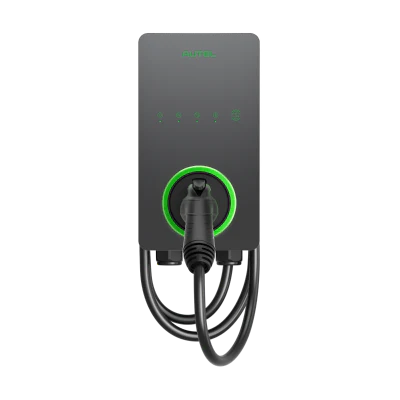
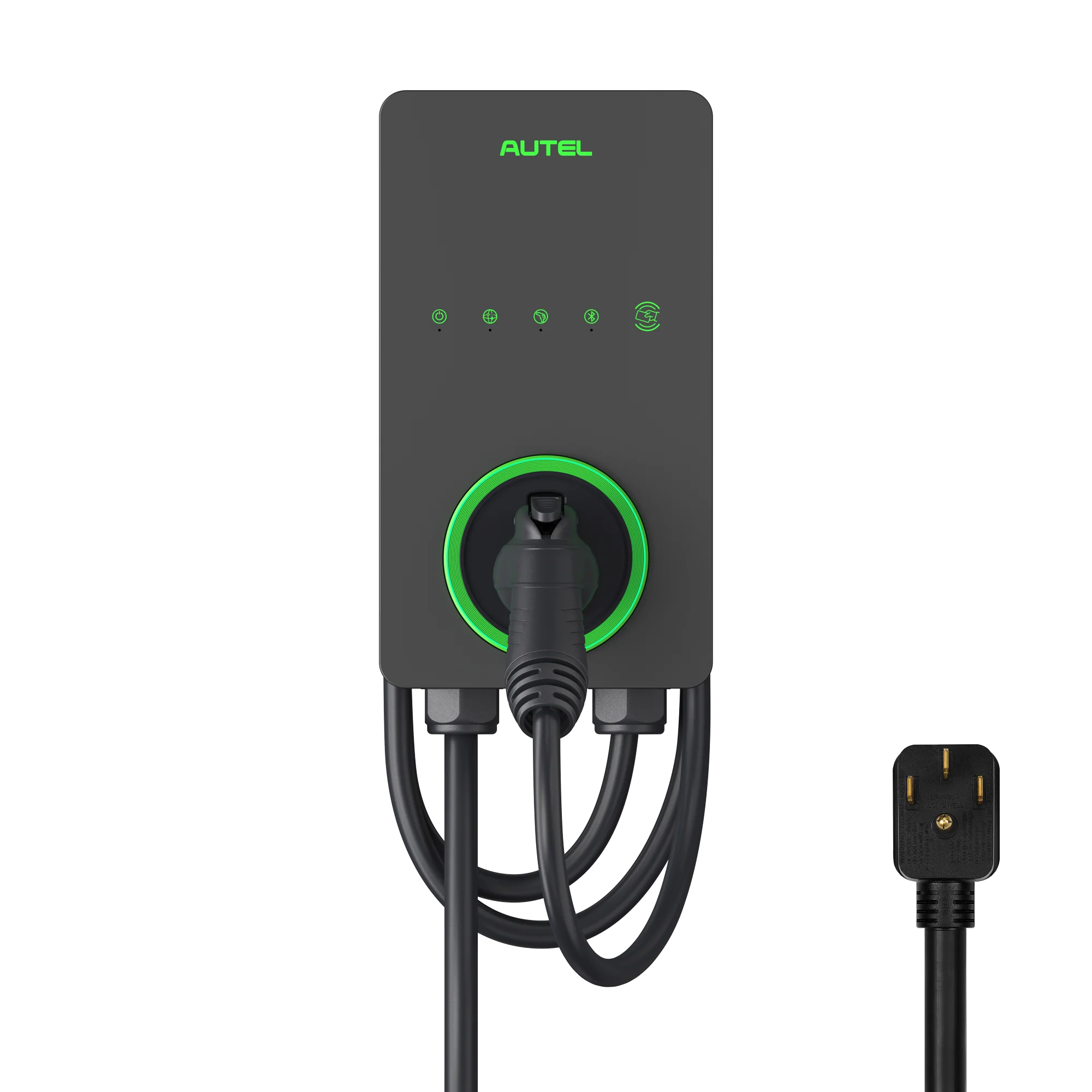
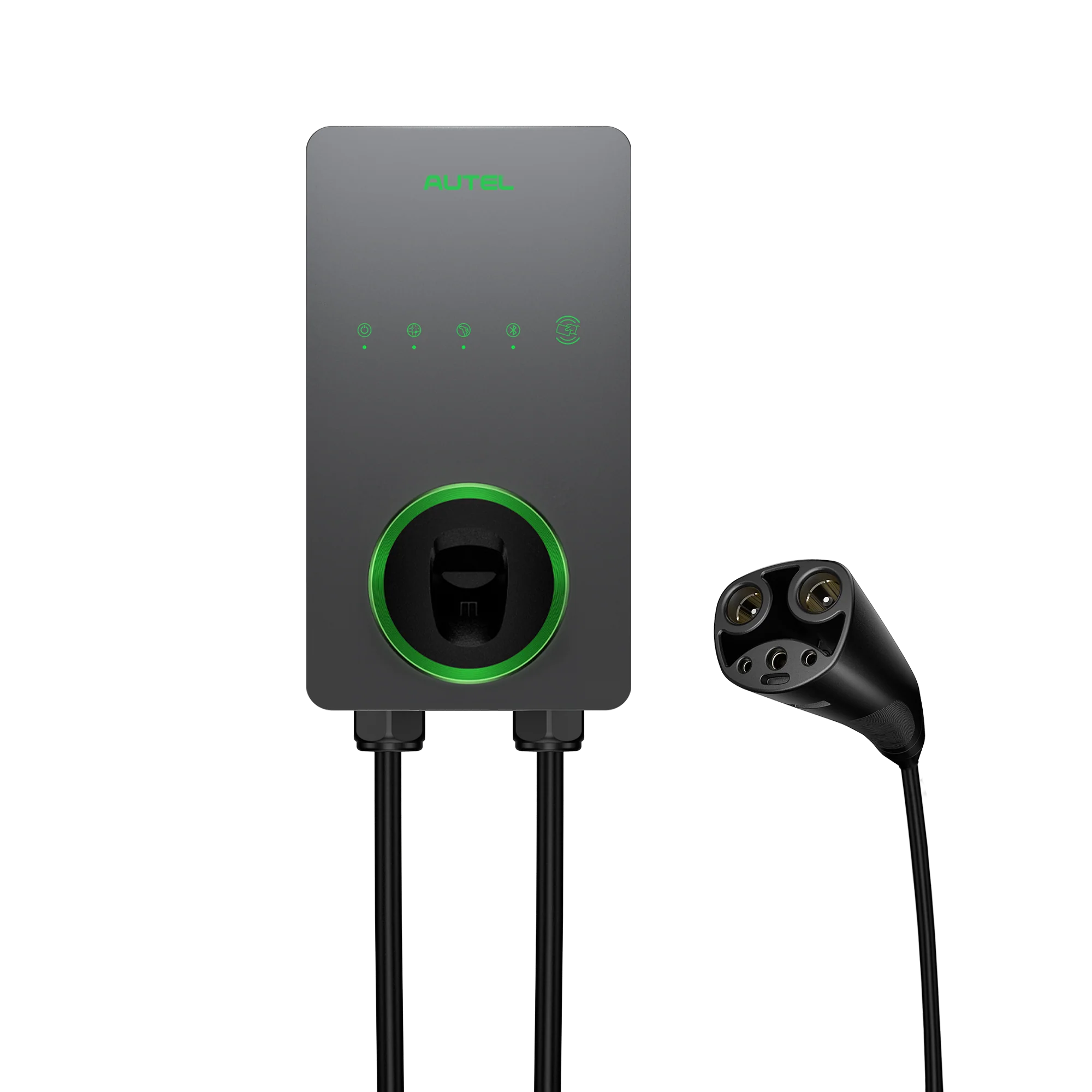
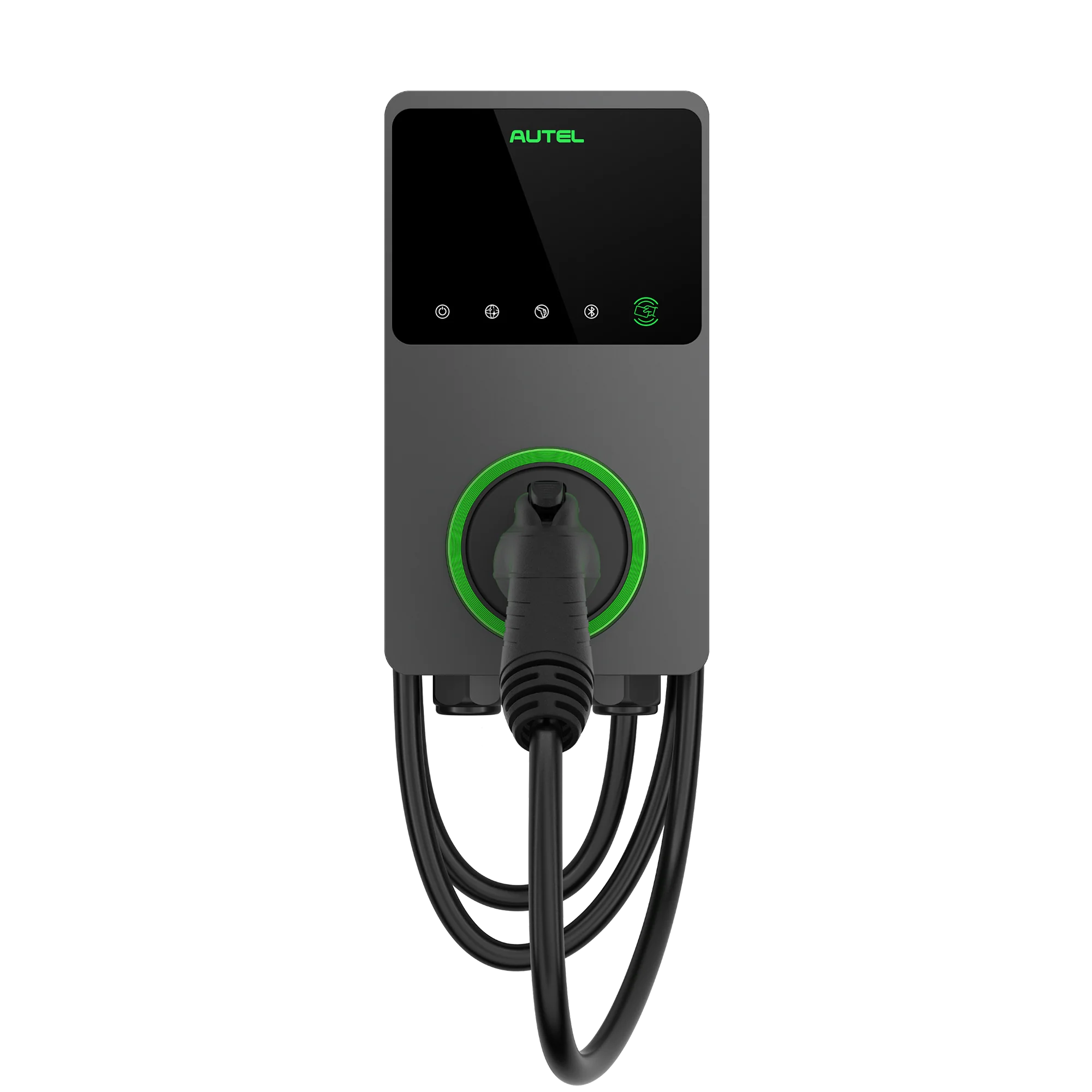
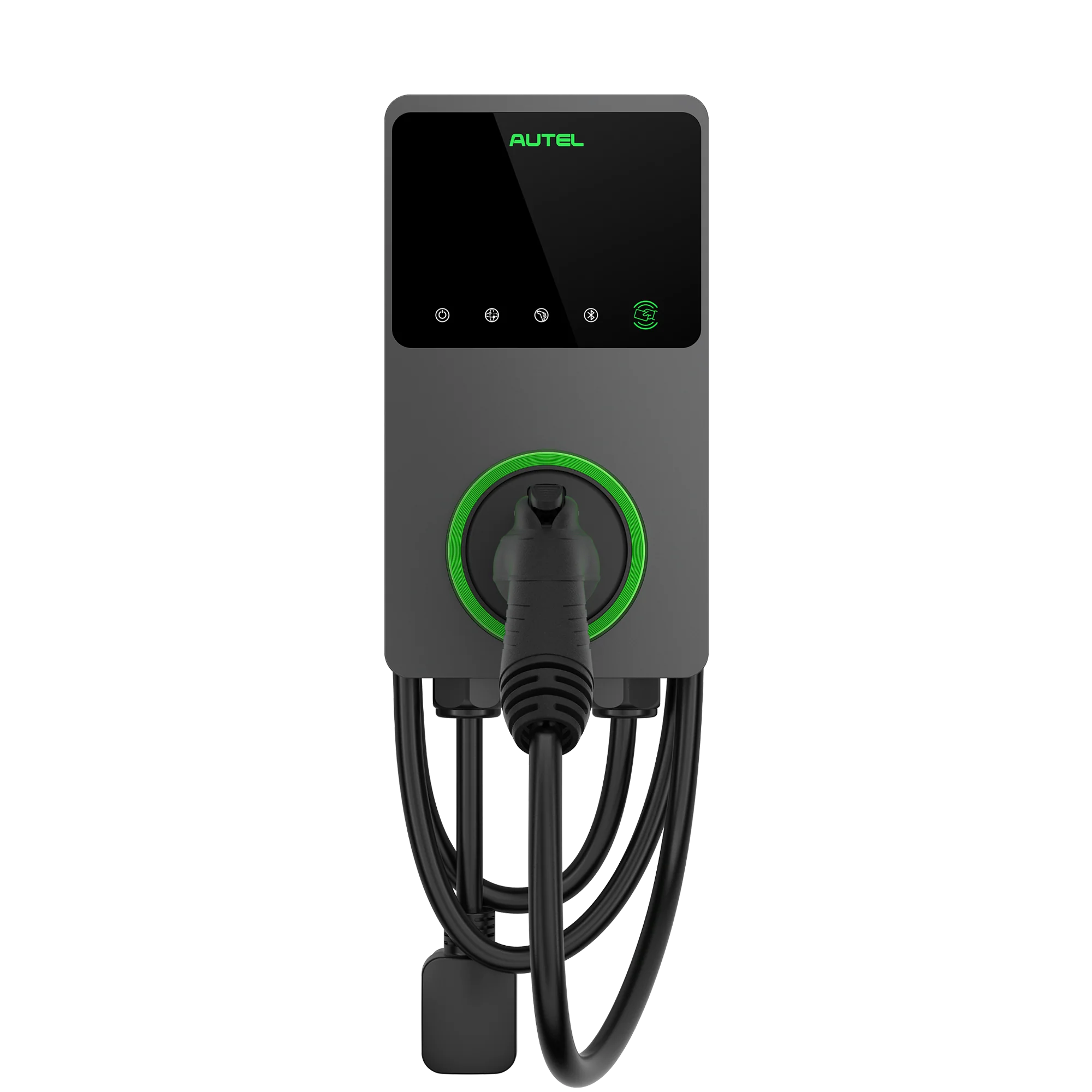
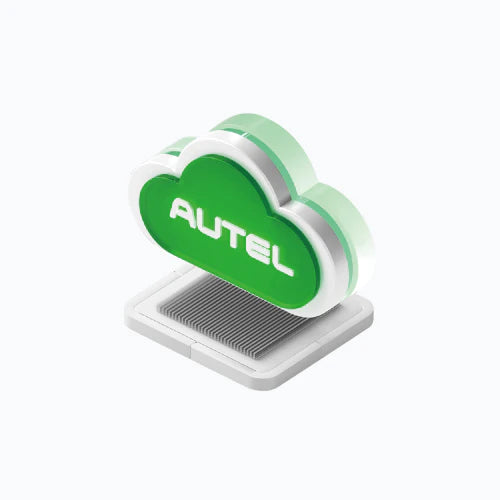
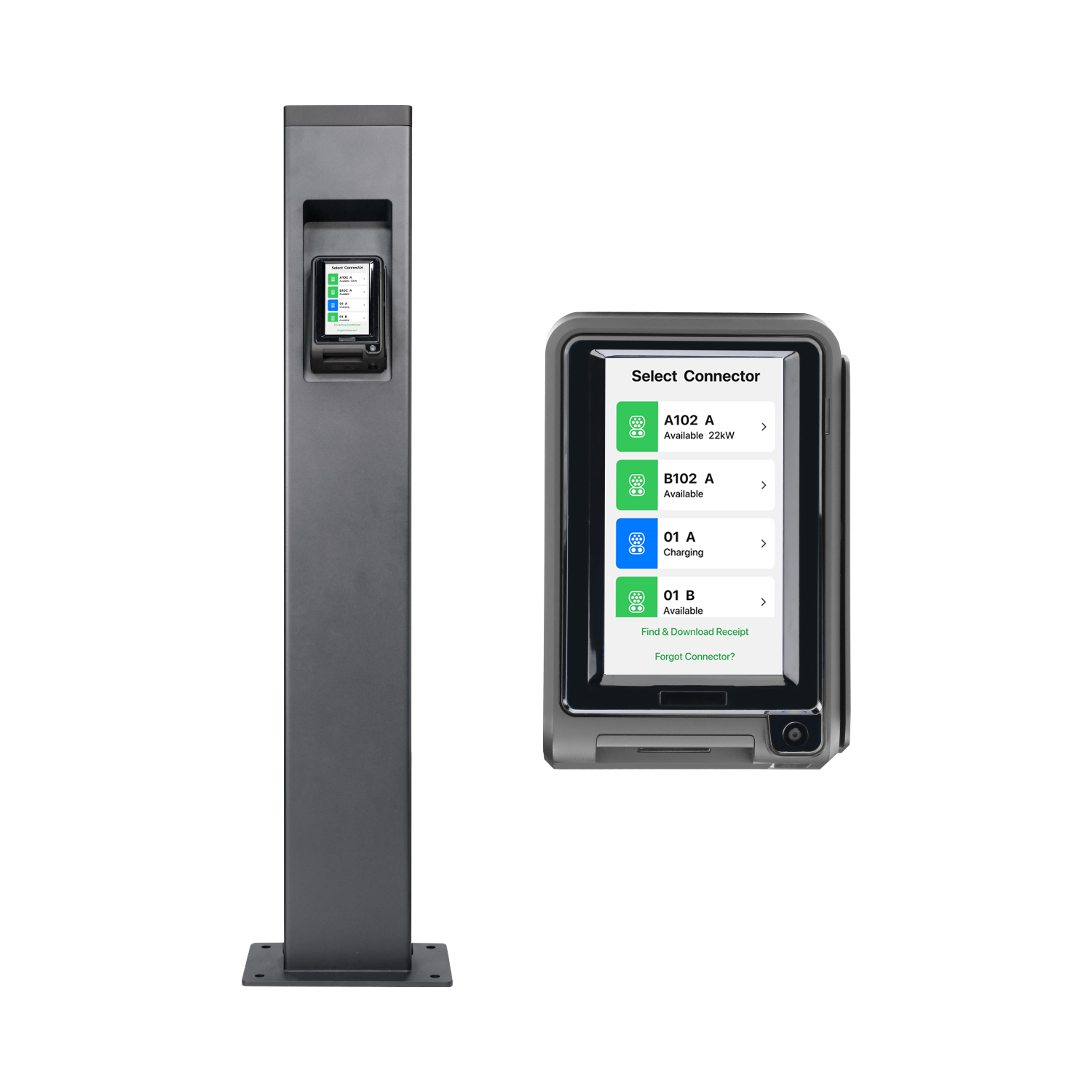
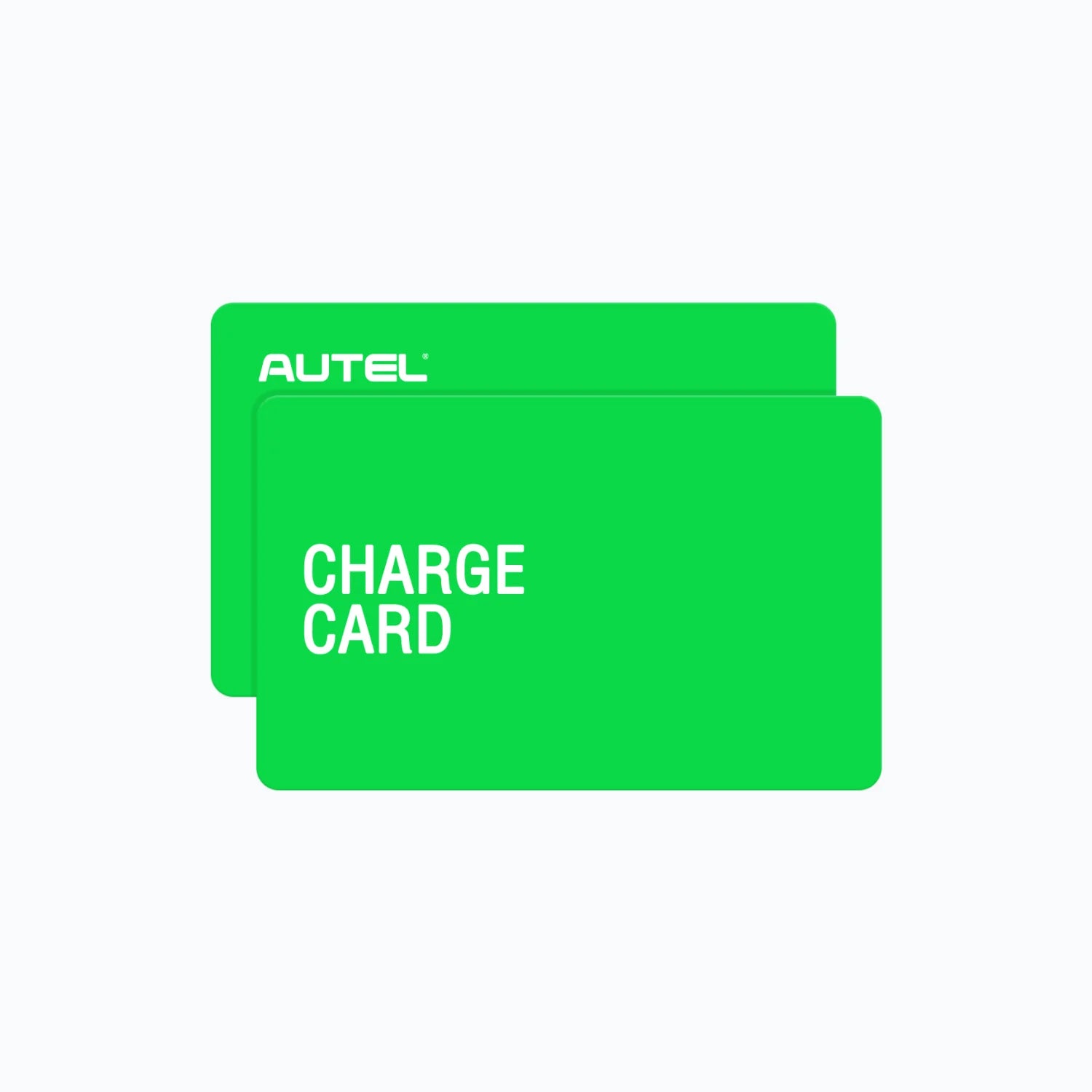
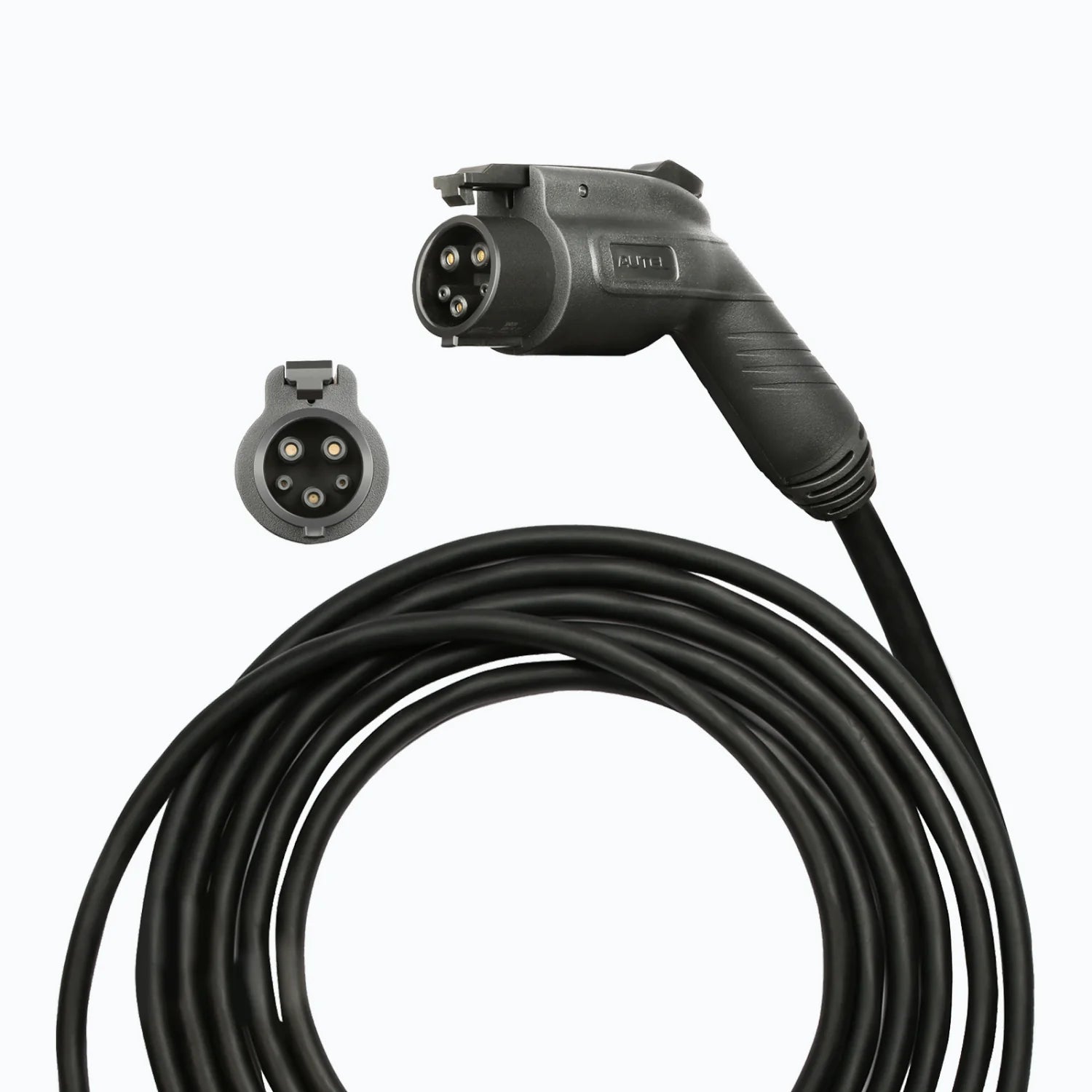
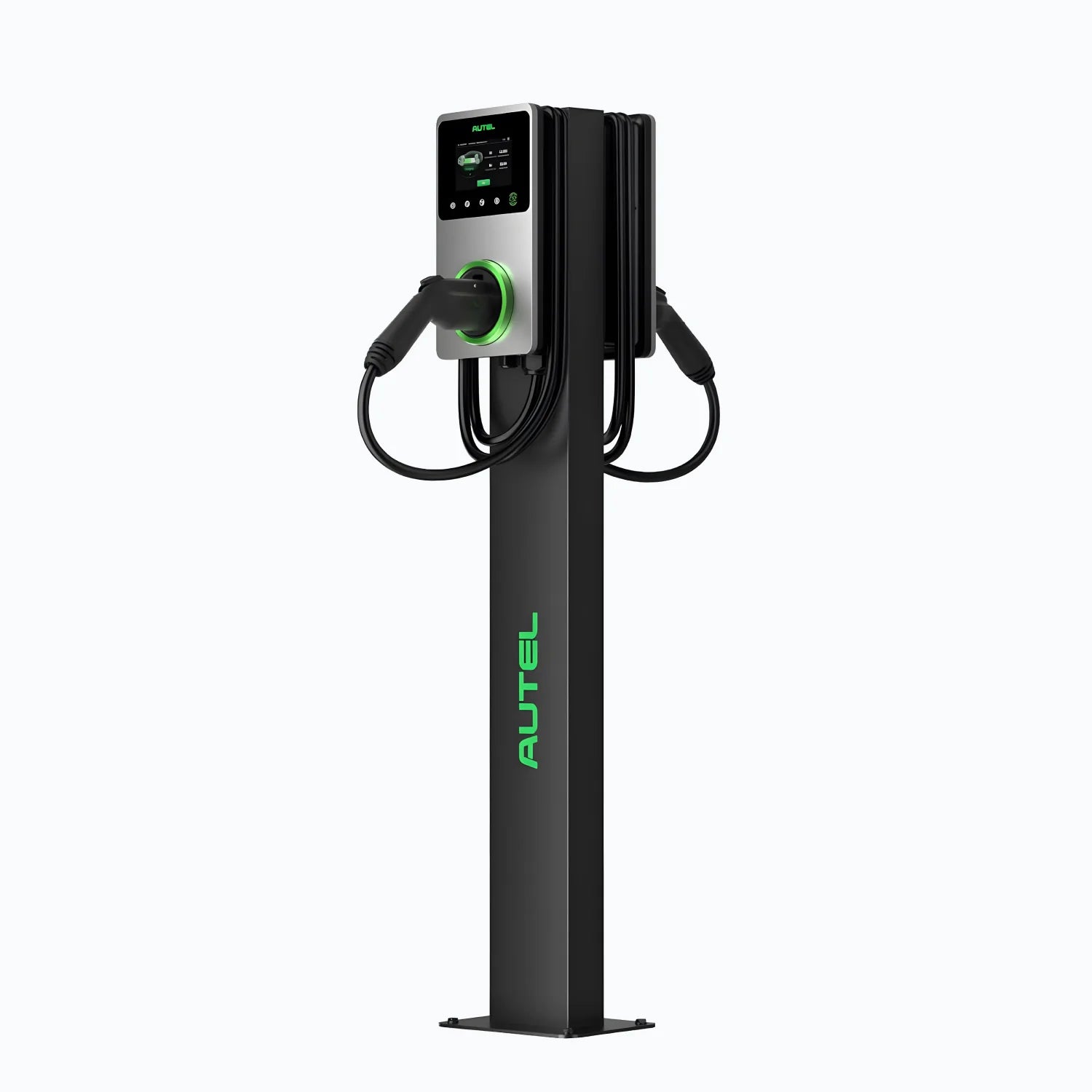
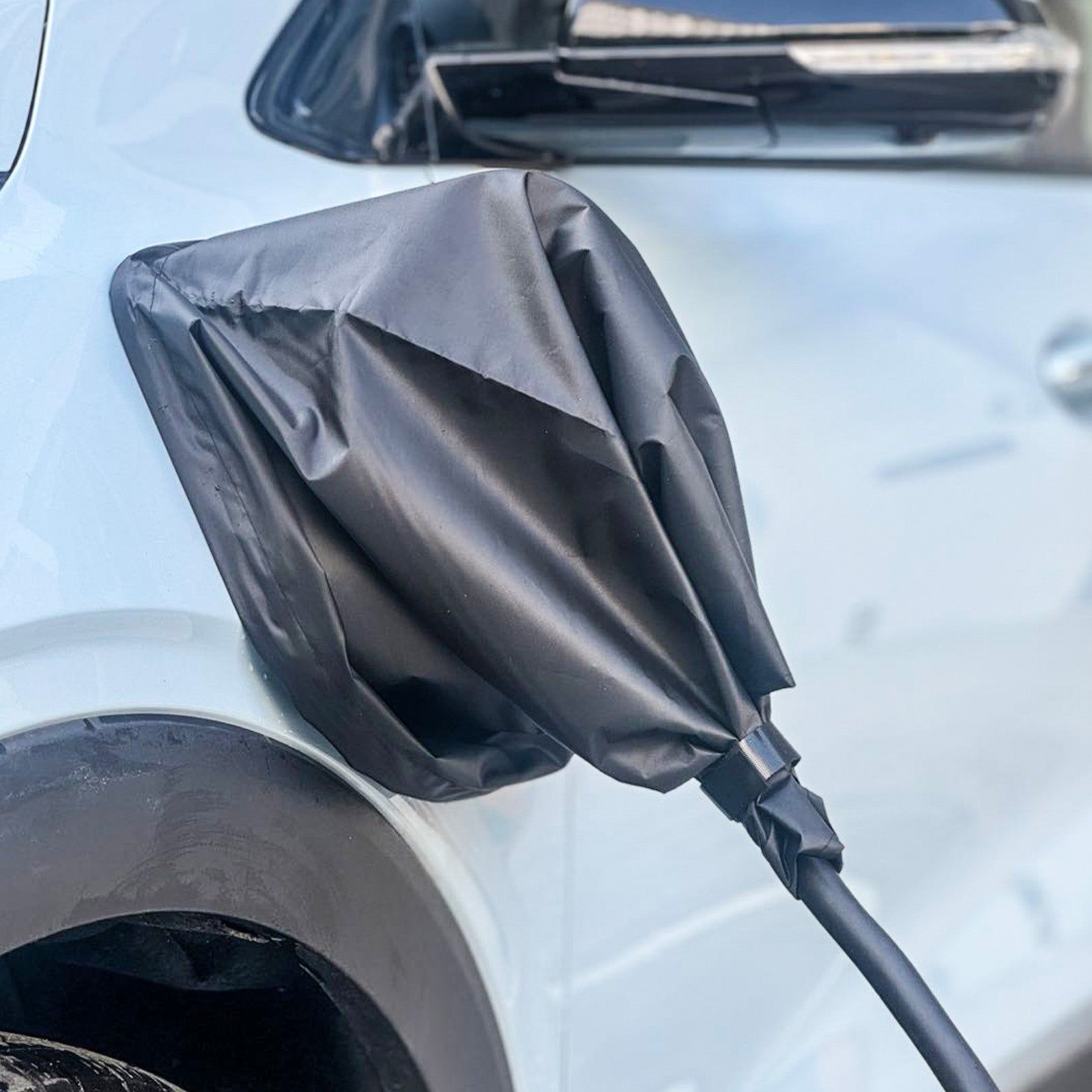
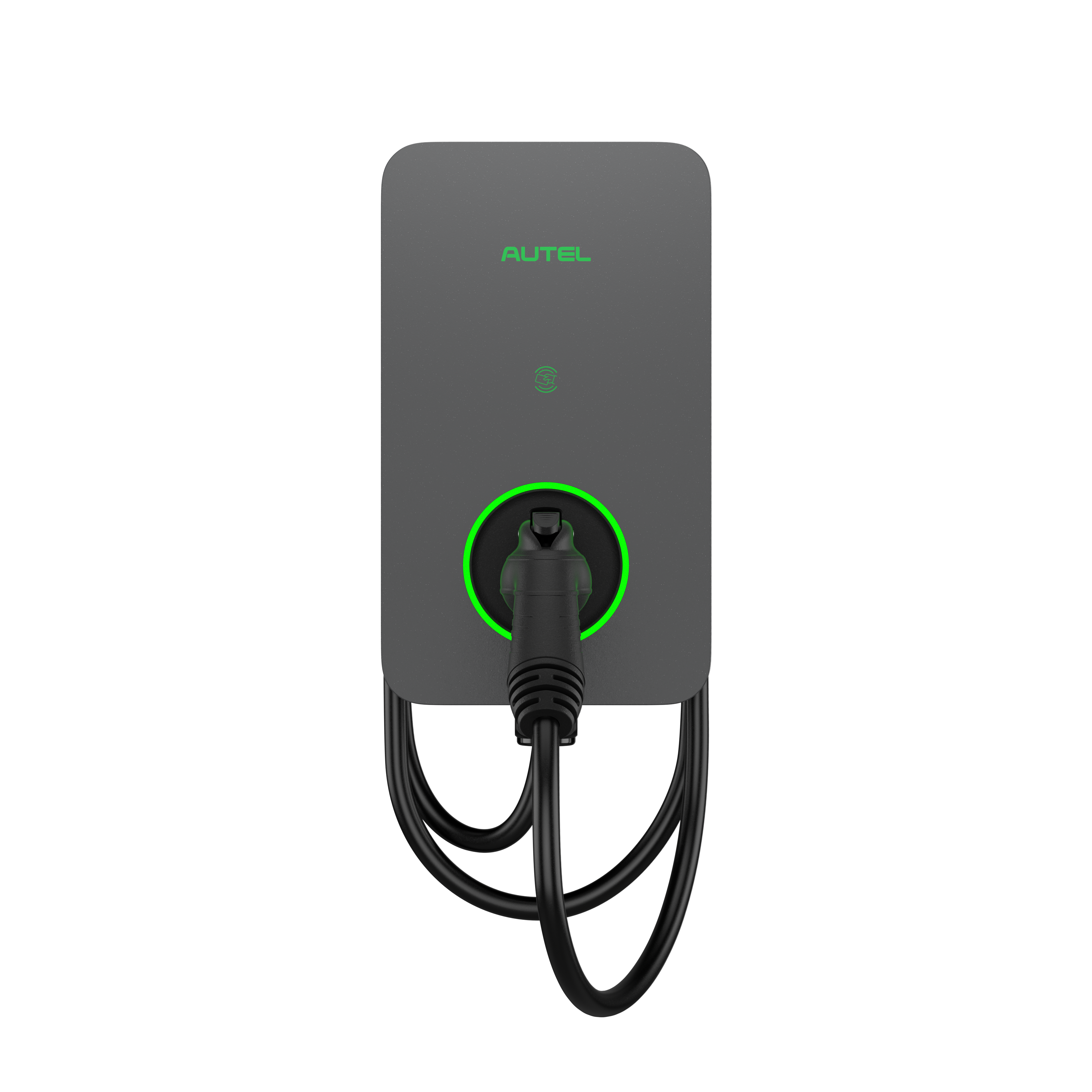
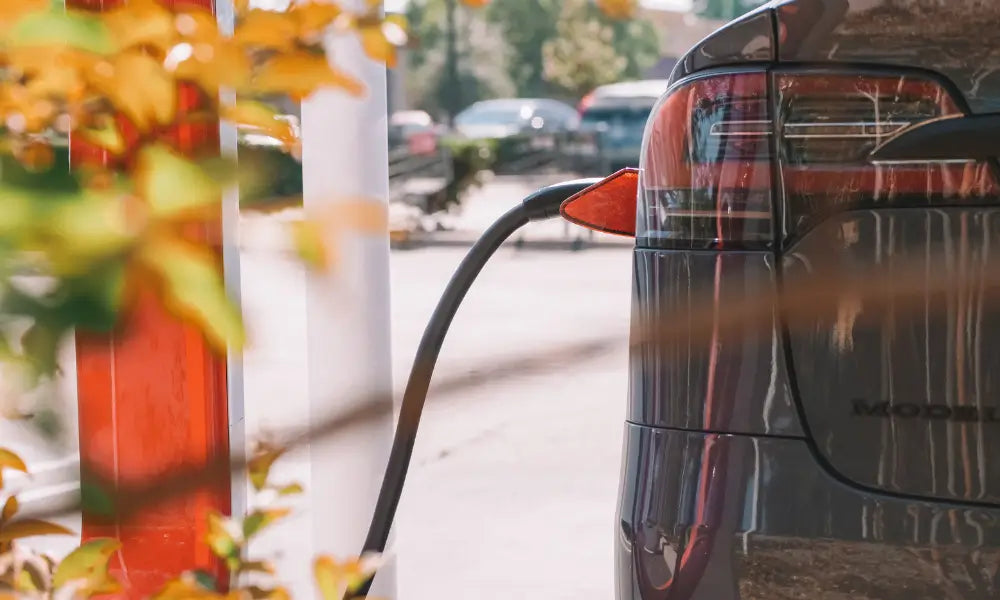
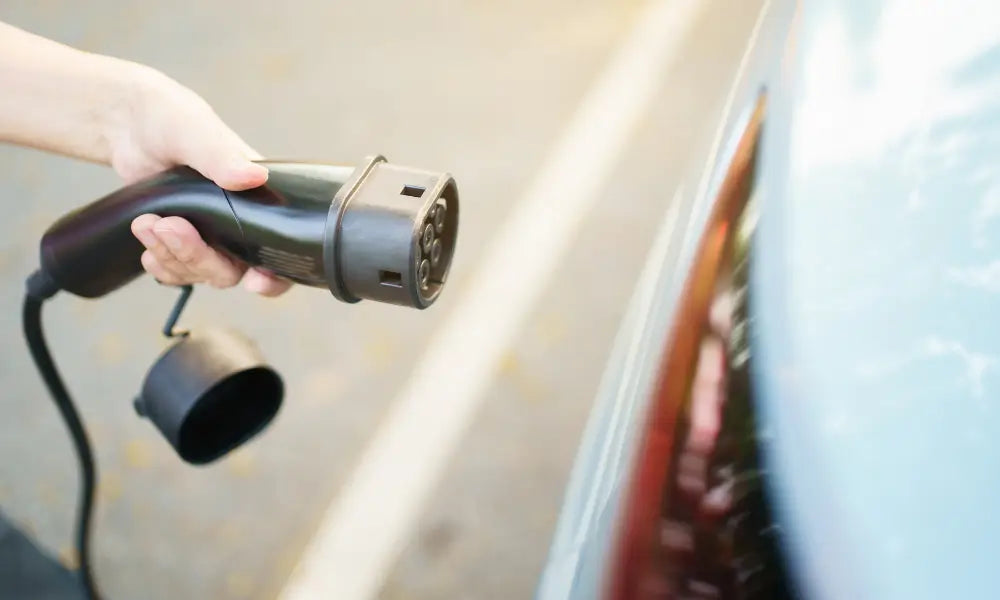
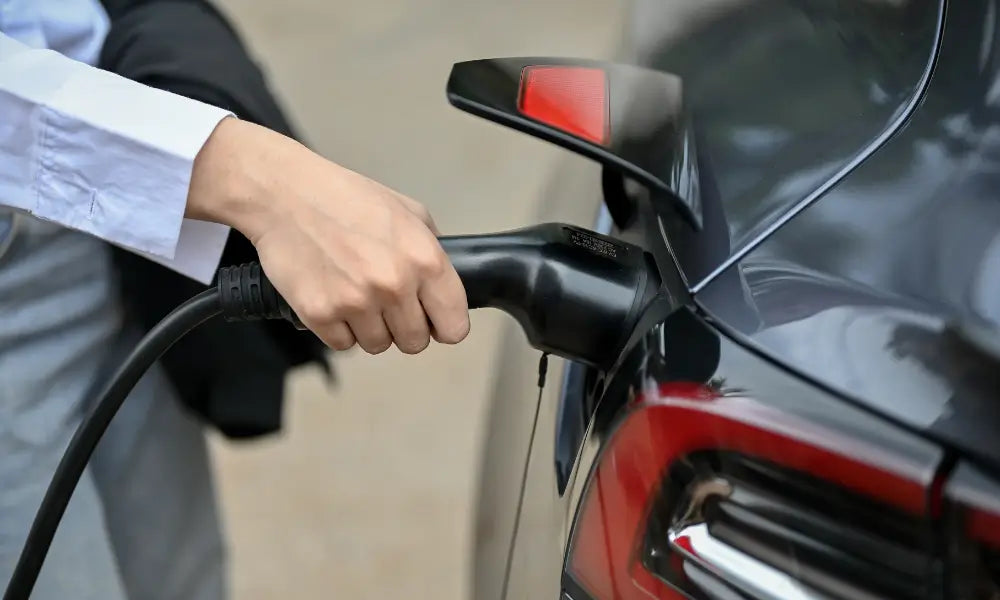
Dejar un comentario
Todos los comentarios se revisan antes de su publicación.
Este sitio está protegido por hCaptcha y se aplican la Política de privacidad de hCaptcha y los Términos del servicio.